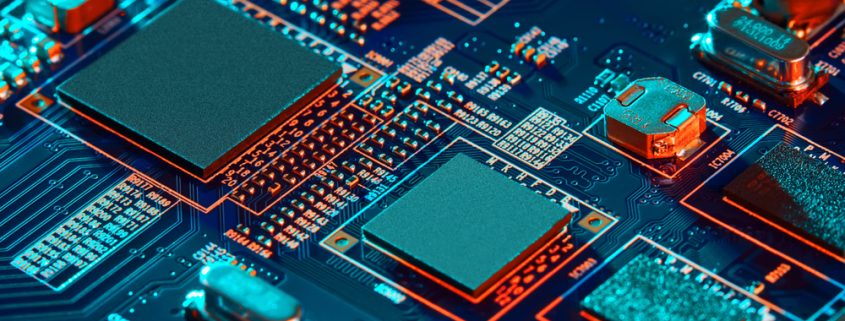State-Of-The-Art Products That Use Optical Control ASIC
One of the advantages of using application-specific integrated circuit (ASIC) designs is its low power consumption. Industrial applications of ASICs are now used to achieve that and several other benefits. In the design of an optical control ASIC, for instance, the manufacturer aims to achieve low power, low-cost optical chips for applications that require image sensing capabilities, motion control, and color, light and distance measurement.
Low Power Image Sensor Chips
The industry has created a mechanism to develop image sensor chips and ICs for different applications in order to provide low power consumption, fast image updates, and high sensitivity. Each application utilizes minimal image resolution combined with smart software algorithms.
The single-chip optical systems are integrated within a range of industrial environments, which includes data communication, detection of motion and luminance, Internet of Things, and object tracking.
Engineers are able to integrate and customize optical control ASIC design based on the requirements of the customers. The optimal setup can be determined using on-chip or off-chip components.
Such would include the analog amplifiers, digital control communication, and sensor size. This is aimed to minimize the price, power consumption, and size.
Color and Light Measurements
The use of optical control ASIC also benefits many applications such as the capability to measure color or light. This can be done with the combination of optical filters on a chip diode and standard CMOS technology. This is beneficial for industrial and process control applications.
Other applications include early corrosion detection in gas pipes and steel constructions, eyewear protection, food bacteria, and humidity detection. The welding helmet is an example of efficient technology in preventing eye injuries caused by dangerous radiation from the welding process.
Optical Touchscreens and Industrial Applications
Most touchscreens might be based on capacitance sensing technology. But the use of optical control ASIC technology surpasses common expectations. This is because it enables light-based touchscreens more resistant to external mechanical impact.
- 3rd dimension touchscreens
- Underwater utility
- Cost-efficient solution
Cutting edge optical technology is also used to provide first-rate touch experience for customers. This has been made possible with the use of advanced optomechanics and signal processing.
This sets new standards in touchscreen technology because you can get unique clarity in the screen. Moreover, it provides more resistance to external impact compared to traditional touchscreens.
The combination of a microprocessor and an optical sensor with the use of ASIC technology will enable the calculation of the coordinates of the finger when touching the screen. In other sensor applications where light disappears when moving, the photodiode Opto-ASIC principles are used. This can be seen in precision machinery and rotation control/detection in robotics.
Distance Measurement with Time of Flight Technology
Optical chip ASICs provide accurate measurement of distance on the basis of the time required for emitted photons to be reflected and measured on receiving diodes. The photodiodes become sensitive to specific wavelengths with the use of different optical filters.
The manufacture of optical filters will depend on the requirements of the customers. Most often, in order to obtain maximum measurement accuracy, 2-phase or 4-phase measurements are enabled for this application.
Linear MicroSystems, Inc. is proud to offer its services worldwide as well as the surrounding areas and cities around our Headquarters in Irvine, CA: Mission Viejo, Laguna Niguel, Huntington Beach, Santa Ana, Fountain Valley, Anaheim, Orange County, Fullerton, and Los Angeles.






